
Study finds three glasses of this common drink a day could prevent dementia
Future dementia could be avoided with just three cups of a common hot beverage.
In the UK, doctors have issued an urgent health warning about a concerning increase in the incidence of scabies, a highly contagious skin condition caused by tiny mites. Recently, more and more individuals have reported developing tiny red dots on their skin, often appearing on their arms and wrists, as a result of scabies. Though not typically a life-threatening condition, scabies can cause significant discomfort, with symptoms including severe itching, skin rashes, and even secondary infections if left untreated. Given the growing number of cases in northern England, experts are stressing the importance of seeking medical attention if you notice these red spots on your skin, as well as taking proper precautions to prevent spreading the infection to others.
This warning comes in the wake of an alarming increase in scabies cases, as well as a rise in other infectious diseases affecting individuals in the UK. With more people experiencing symptoms like headaches, muscle aches, and diarrhea, it is vital to address these symptoms early to avoid serious complications. In this article, we will explore what scabies is, its symptoms, how it spreads, and why it's important to seek treatment promptly.
What is Scabies and What Are the Symptoms?
Scabies is a contagious skin condition caused by microscopic mites known as Sarcoptes scabiei. These tiny mites burrow under the skin, where they lay eggs that hatch into larvae, causing irritation and itching as they move through the skin’s layers. The condition is primarily characterized by the appearance of small, red dots or bumps on the skin, as well as intense itching that typically worsens at night.
Professor Kamila Hawthorne, chairwoman of the Royal College of GPs, explained, “While not a serious condition, scabies can be very itchy and irritating. If not properly treated, it can spread and increase a patient’s risk of complications, such as secondary skin infections, or make existing skin conditions worse.”
The most common symptoms of scabies include:
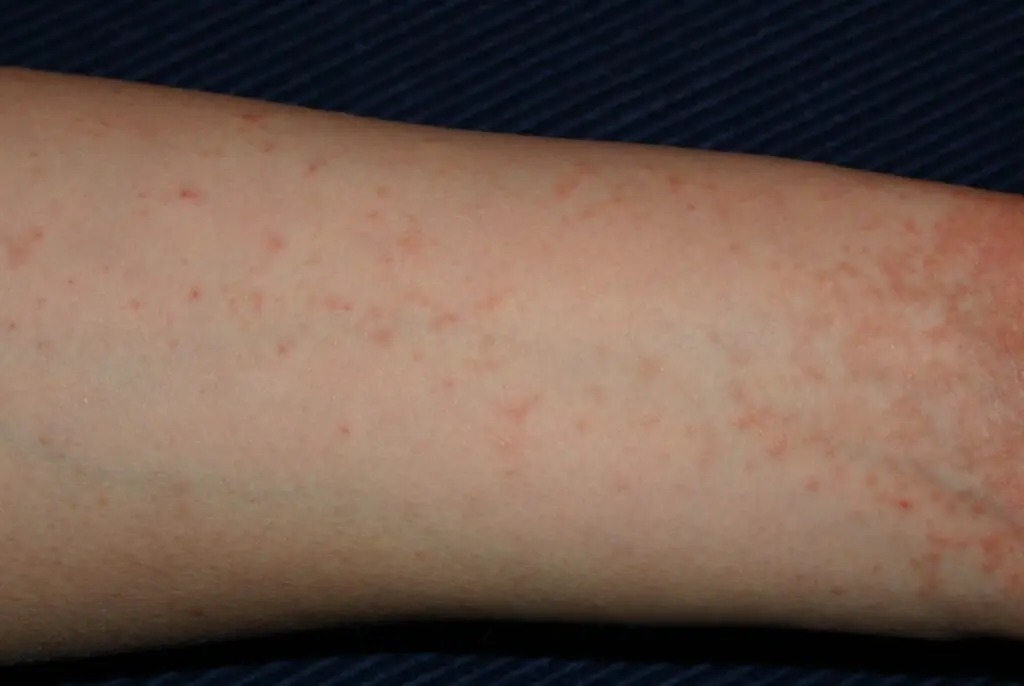
As scabies can spread rapidly through close physical contact, it is important to be aware of its signs and seek treatment as soon as possible. If left untreated, scabies can cause significant distress and complications, making early detection essential.
How Can Scabies Be Contracted?
Scabies is highly contagious and spreads through prolonged physical contact, particularly in environments where people are in close contact with one another, such as schools, dormitories, and crowded living situations. The mites are transferred from person to person through skin-to-skin contact, making individuals in close proximity-such as family members, classmates, or sexual partners-more susceptible.
One of the reasons for the rising number of cases in northern England, as reported by health professionals, is the high rate of social interaction among young adults and schoolchildren. "Schools and young adults are particularly susceptible to scabies because of their high social interaction rates," said Professor Hawthorne. "Given how intimate you’re becoming with others in such a situation, it can also be detected if you have several sexual partners."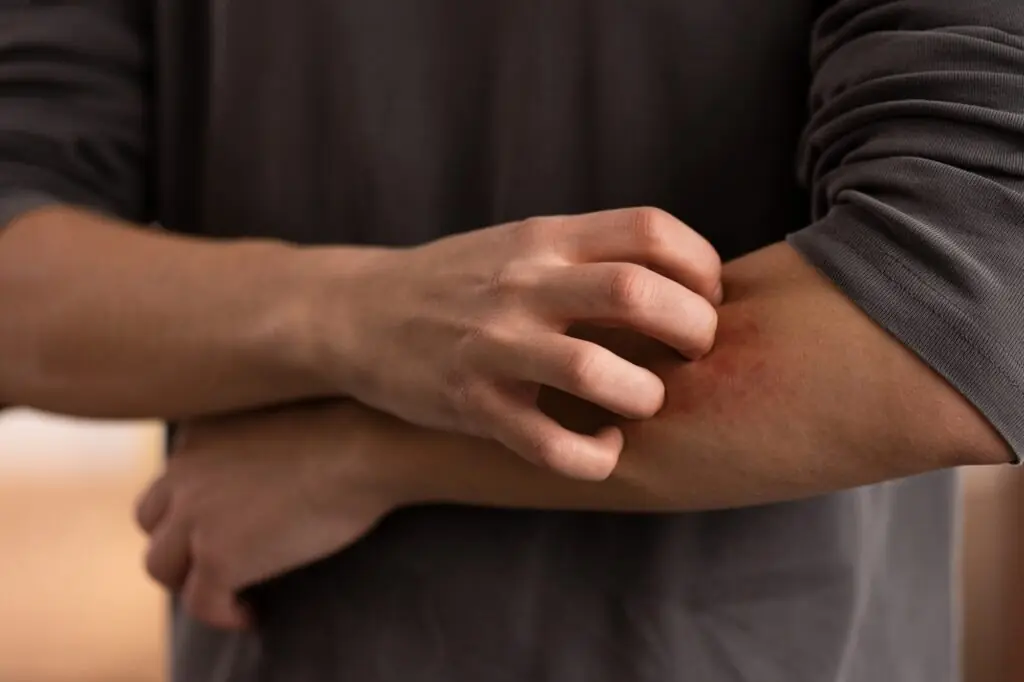
In addition to direct skin contact, scabies can also be transmitted by sharing clothing, bedding, or towels with an infected person. The mites can survive on clothing and bedding for up to 72 hours, so it's essential to wash these items thoroughly in hot water (around 60 degrees Celsius) to kill any remaining mites.
If washing clothing and bedding at such high temperatures is not possible, it's advisable to place the items in a sealed bag for at least three days to ensure the mites are eliminated.
The Importance of Seeking Treatment
While scabies is not life-threatening, it can lead to significant discomfort and, if left untreated, can cause more serious complications. Professor Hawthorne emphasized that despite the social stigma often associated with scabies, individuals who believe they may be infected should not hesitate to seek medical attention. “We recognise that patients may be apprehensive to seek treatment given the social stigma that surrounds the condition, but it is important that they don’t ignore their symptoms as this could lead to them getting worse and risks transmitting the condition to other people,” she stated.
The initial stages of scabies are typically manageable with prescribed treatments, such as topical creams or lotions that kill the mites. However, if left untreated, scabies can lead to secondary infections, such as impetigo, which may require more aggressive treatment, including antibiotics. In severe cases, if the skin becomes infected or if individuals scratch the affected areas excessively, the risk of complications such as cellulitis (a skin infection) or sepsis (a life-threatening infection) increases.
It is also crucial to treat all individuals who have had close contact with the infected person to prevent further spread of the condition. "Don’t hide away if you have scabies," Professor Hawthorne advised. "It is really uncomfortable, but you can get creams and lotions to help ease the pain. In addition, if the bites worsen, the illnesses may cause something more serious."
The Social Stigma of Scabies
One of the primary challenges in addressing scabies is the social stigma that often surrounds it. Many people mistakenly associate scabies with poor hygiene or unclean living conditions, which is simply not true. Anyone can get scabies, regardless of their cleanliness, and it is a common misconception that scabies only affects people who live in unhygienic environments.
This stigma can discourage people from seeking help, leading to untreated cases and the spread of the condition. Professor Hawthorne emphasized the importance of breaking the stigma, stating, "Although there is a 'social stigma' associated with the illness, this shouldn’t stop those who are affected from getting the assistance they may require."
Public awareness campaigns and open discussions about scabies are essential in reducing the stigma and encouraging individuals to seek treatment when they experience symptoms. Health professionals must continue to educate the public about the importance of early intervention and the effectiveness of treatment options.
Preventing the Spread of Scabies
Preventing the spread of scabies requires a combination of personal hygiene and environmental measures. If you or someone in your household is diagnosed with scabies, it’s important to follow these steps to minimize the risk of transmission:
Conclusion
Scabies is a common but highly contagious skin condition that can cause significant discomfort and distress if left untreated. While it is not a life-threatening condition, its symptoms-such as intense itching, rashes, and small red dots-should not be ignored. Early diagnosis and treatment are key to managing scabies and preventing complications, such as secondary infections.
Despite the social stigma surrounding scabies, it is essential for individuals who suspect they have the condition to seek medical attention promptly. By following appropriate treatment protocols, practicing good hygiene, and avoiding close contact with others, individuals can effectively manage scabies and reduce the risk of transmission.
If you experience any of the symptoms of scabies, such as itching, red spots, or rashes, it is crucial to consult a healthcare provider as soon as possible. With the right treatment, scabies can be easily managed, and the discomfort associated with the condition can be alleviated. Don’t let the stigma prevent you from seeking help-your health and well-being are worth it.

Future dementia could be avoided with just three cups of a common hot beverage.

Millions of Americans drink coffee every day for a variety of reasons, including its ability to relieve weariness and its flavor.
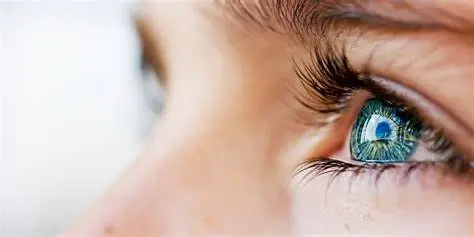
KAIST researchers have developed a novel retinal therapy to restore vision by regenerating retinal nerves. This groundbreaking treatment offers hope for patients with degenerative retinal diseases.
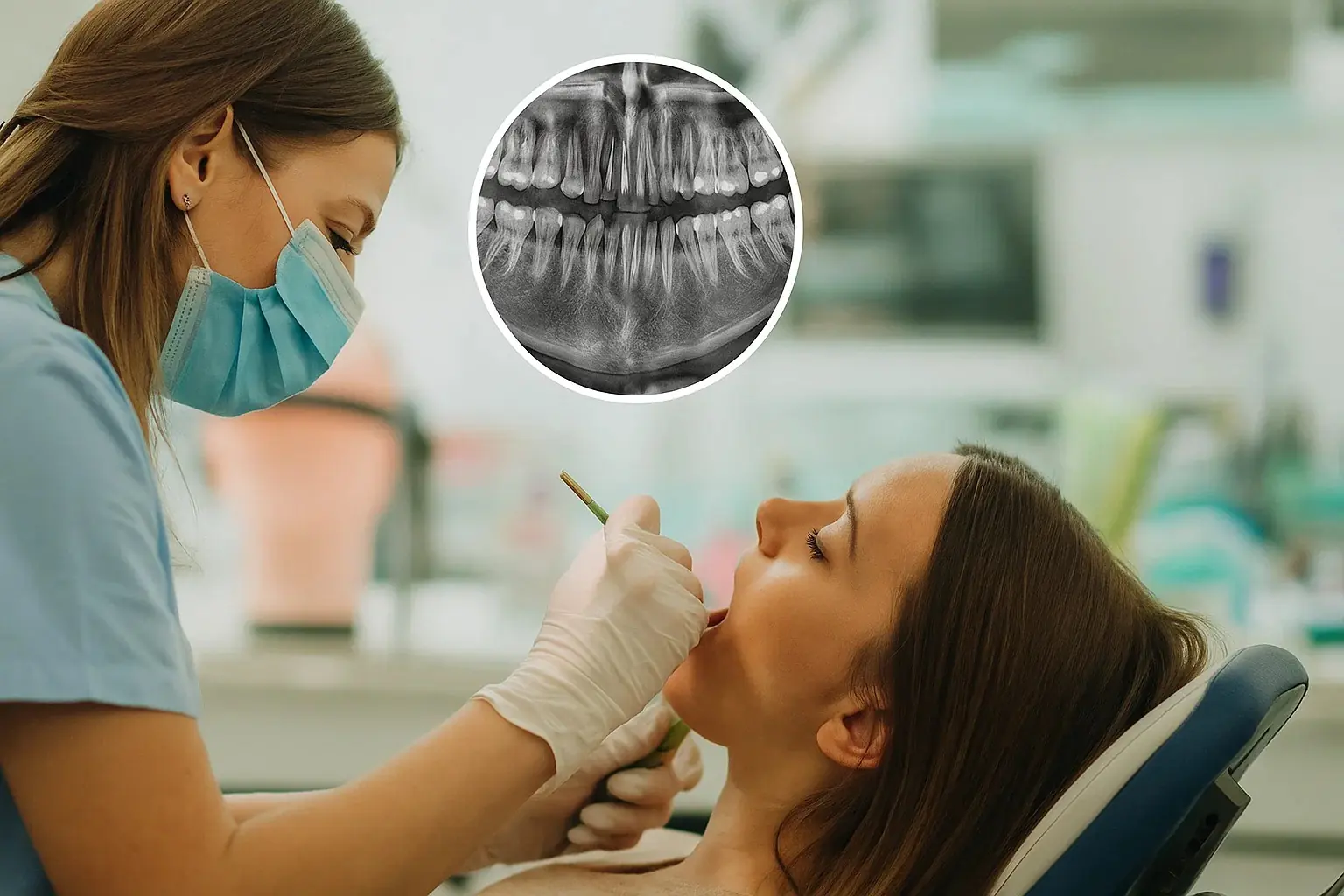
Removing fluoride from drinking water has led to a significant increase in tooth decay in both cities, resulting in higher treatment costs and poorer overall dental health.
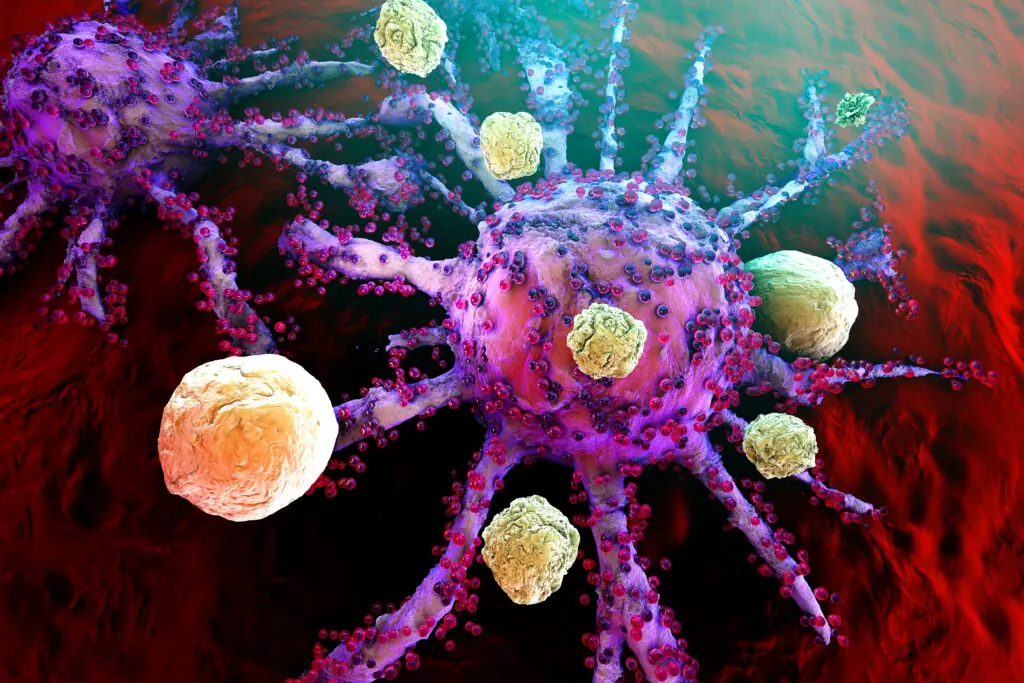
New research from Johns Hopkins shows how larger-than-usual particles, 400 nanometers in size, could enhance c@ncer treatment delivery by targeting immune cells more effectively. Learn about this promising development in cancer immunotherapy.
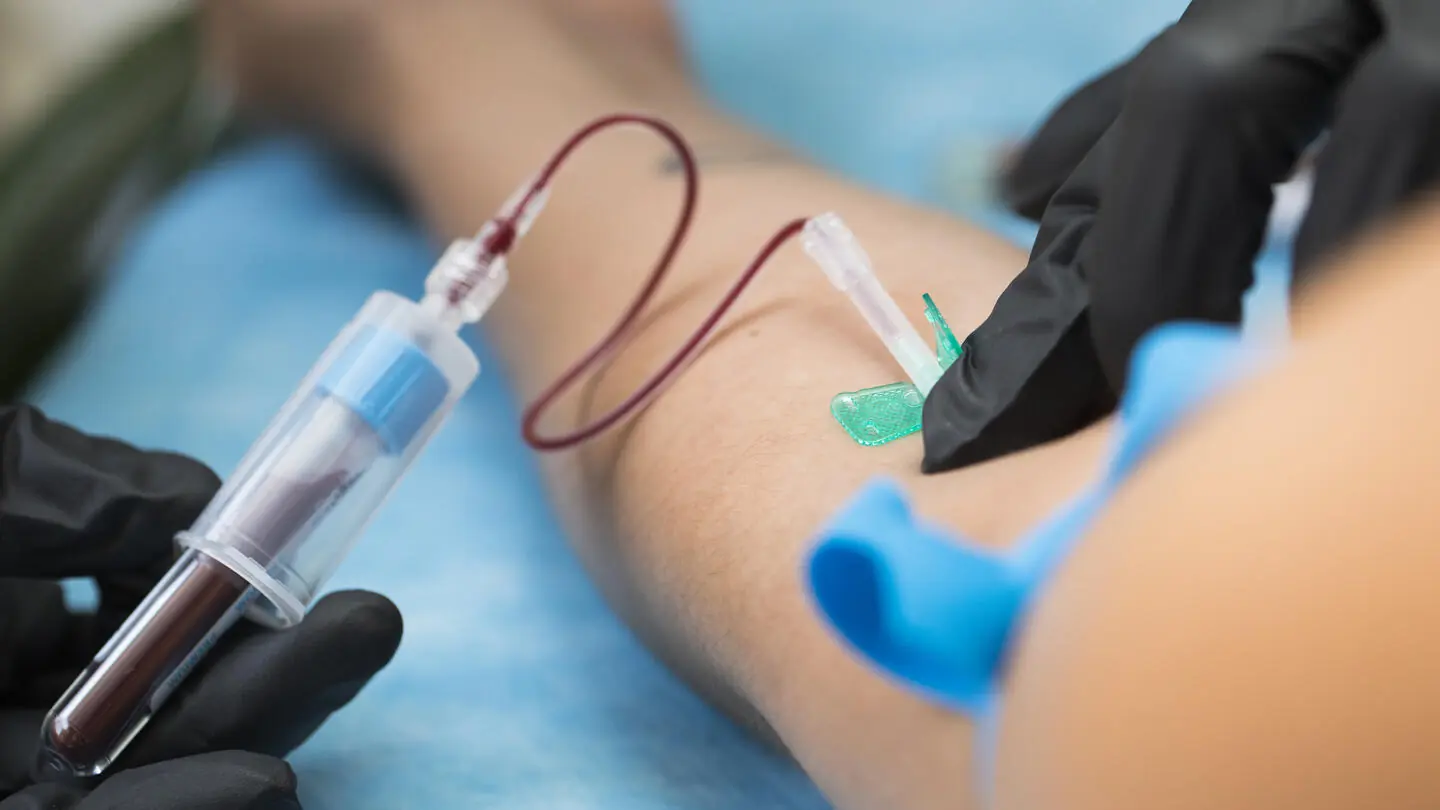
New research by Johns Hopkins University reveals that cancer can be detected in the bloodstream up to three years before clinical diagnosis. Learn about the breakthrough in early cancer detection and its potential for better patient outcomes.

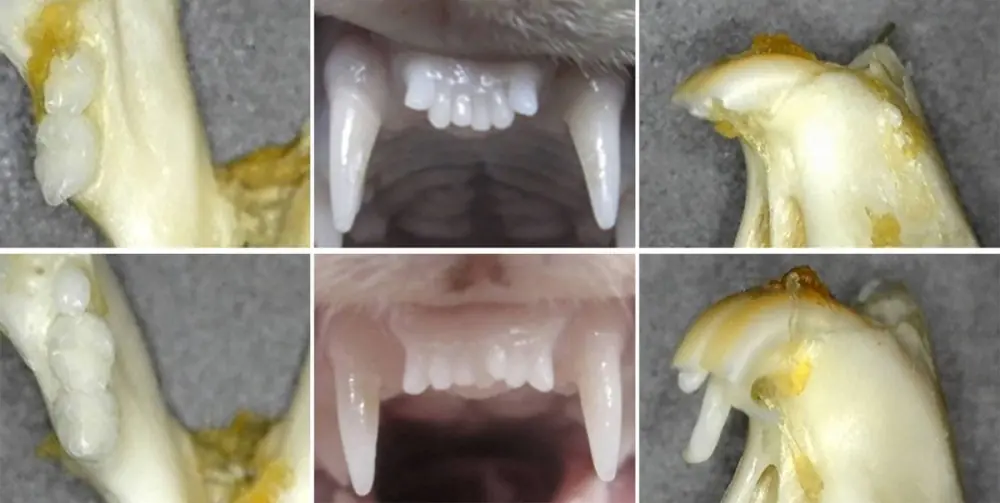
Japanese researchers have developed a groundbreaking drug aimed at regrowing teeth. Learn about this promising new treatment, its potential to replace dentures, and its future for restoring natural teeth.




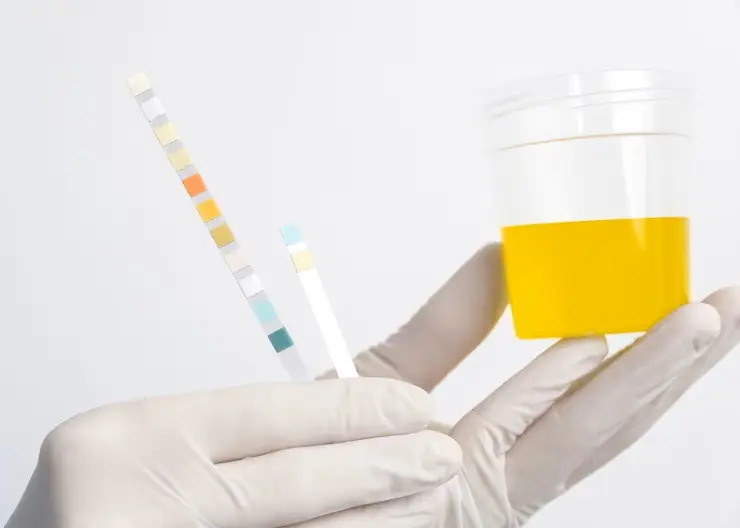


y incorporating these drinks into your daily routine, you can boost your metabolism, enhance digestion, and curb cravings, all while keeping your body hydrated and energized.



Discover what different urine colors mean for your health. From yellow to red, understand the possible causes of urine discoloration and when to seek medical advice for early health issues.

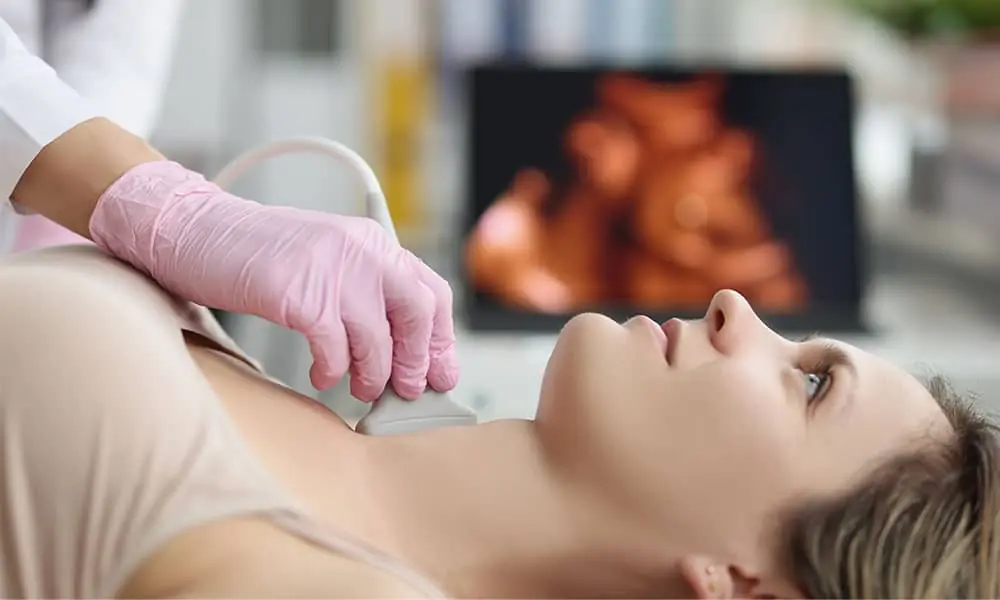
Discover the 7 key symptoms of thyroid issues, from fatigue to changes in skin and hair. Learn how early detection can help you manage thyroid dysfunction and live a healthy life.

Discover how a simple lunch invitation helped a man in need overcome homelessness, find purpose, and land a job. A heartwarming reminder that kindness and support can make all the difference.

Discover the heartwarming story of Landon’s first flight, where a kind stranger went above and beyond to make him feel comfortable. A touching reminder of how simple acts of kindness can make a big difference.

Witness a hilarious airport scene unfold as a pilot walks off a plane with a Seeing Eye dog, causing passenger pandemonium and proving that things aren't always as they appear.

Frontier Airlines made 5-year-old Xavier’s missed kindergarten graduation unforgettable by hosting a special in-flight ceremony. Discover how the flight attendants turned an ordinary flight into a heartwarming celebration.

A heart-wrenching story of betrayal, dog theft, and a brilliant act of revenge that will have you on the edge of your seat. Can a man get back what was st0len from him?

Catherine had her whole life ahead of her, but the prom seemed like the most important thing. Despite struggling financially, her mother and grandmother had saved some money for the dress of her dreams.

Future dementia could be avoided with just three cups of a common hot beverage.

Millions of Americans drink coffee every day for a variety of reasons, including its ability to relieve weariness and its flavor.

KAIST researchers have developed a novel retinal therapy to restore vision by regenerating retinal nerves. This groundbreaking treatment offers hope for patients with degenerative retinal diseases.

Removing fluoride from drinking water has led to a significant increase in tooth decay in both cities, resulting in higher treatment costs and poorer overall dental health.

New research from Johns Hopkins shows how larger-than-usual particles, 400 nanometers in size, could enhance c@ncer treatment delivery by targeting immune cells more effectively. Learn about this promising development in cancer immunotherapy.

New research by Johns Hopkins University reveals that cancer can be detected in the bloodstream up to three years before clinical diagnosis. Learn about the breakthrough in early cancer detection and its potential for better patient outcomes.

The 3-Step Korean Rice Skincare Routine is a simple yet effective way to restore your skin’s natural glow, reduce the appearance of wrinkles, and improve overall texture.


Japanese researchers have developed a groundbreaking drug aimed at regrowing teeth. Learn about this promising new treatment, its potential to replace dentures, and its future for restoring natural teeth.


This simple yet effective DIY recipe will help you maintain youthful, glowing skin naturally, and with consistency, you’ll enjoy visibly smoother, brighter skin that radiates health and vitality.

A woman discovers a shocking secret about her husband’s past, leading her to confront betrayal, trust, and the future of their family. The discovery of a hidden child and a mysterious photograph leaves her questioning everything.

By harnessing the power of natural ingredients like carrot, beetroot, orange, and flaxseeds, this collagen-boosting drink offers a natural, affordable solution for revitalizing your skin and supporting collagen production.

By combining beetroot powder with other skin-loving ingredients like aloe vera, tea tree oil, and lemon oil, you can create a DIY face gel that addresses multiple skin concerns while providing long-lasting benefits.